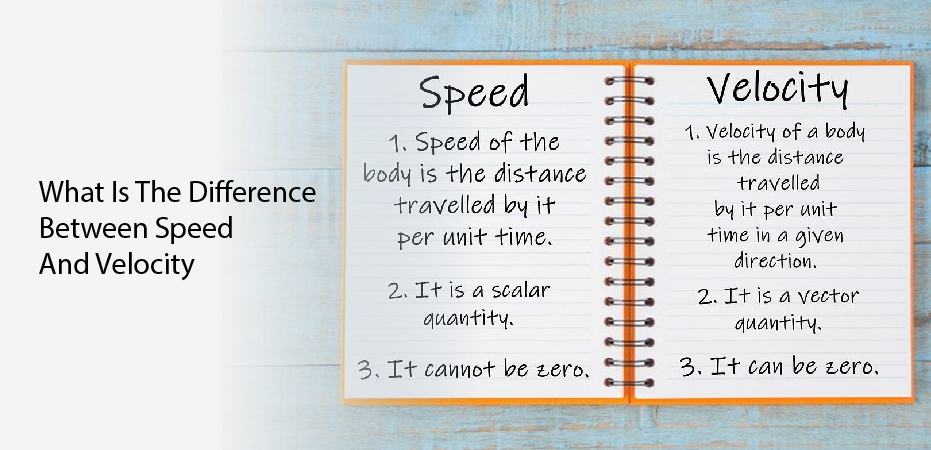How to Find Moles: If you’re trying to find out how to find moles, you’ve come to the right place. There are several methods to calculate moles, including using molarity, atomic mass, and volume. By the end of this article, you’ll know how to calculate moles easily and accurately.
What Do You About Calculating Mole?
Moles are a unit of measurement that determines the amount of a substance or molecule per unit volume. Moles can be either liquid or gaseous and are dissolved in a solvent. The dissolved solute and the solvent are known as a solution. One mole of H 2 O contains 2 hydrogen atoms and one oxygen atom.
Moles are standard measurement unit that represents the quantity of a very large number of small particles. A mole is equal to 6.2214076 x 1023 elementary entities, which is known as the Avogadro constant. Moles can be easily calculated using a chemical formula and a known molar mass. Moles are also used to measure the products of chemical reactions.
Calculating moles is straightforward if you have a working knowledge of the Periodic Table. You can also refer to the periodic table to find the atomic mass of an element. You can then use this mass to find the molecular mass. By rearranging these equations, you can easily determine the mass of the substance in g/mol.
How Do You CalculateMoles From Molarity
The first step in calculating moles from molarity is to determine the volume of the solute in liters. The instructor or textbook will usually provide the number of liters and the number of digits to follow the decimal point. Then, you’ll multiply the mass of the solute by the molarity formula.
A typical example is carbon-12. It has a molar mass of 12 grams per mole. It would help if you used the same formula when calculating the mass of other substances. Replace the molar mass of carbon-12 with the molar mass of other substances, such as chloride and carbon dioxide.
Molarity is a measure of the concentration of a chemical. It’s often used for chemistry. Molarity is the mass of a substance per liter of the solvent. A mole of a compound is equivalent to one gram of a specific substance in a liter of another substance. Molality is a key component of chemical calculations, so it’s important to know how to calculate it.
How Do You Calculate Moles From Volume
When you measure the amount of a substance in grams or liters, the next step is to convert that quantity to moles. The formula for determining moles is simple: divide the total mass by the molar volume. Then, multiply the moles by the conversion factor. This will give you the moles per liter. Moreover, you’ll know how many representative particles a certain substance has.
The first step in calculating moles is to know the volume of the solution. Usually, this will be in milliliters. The next step is to convert this volume into liters. Make sure that you use the same volume units in each calculation. You will also need to know how many digits you want to have after the decimal point. Once you have the volume and moles of the solution, you’ll need to figure out the density of the substance.
How Do You Calculate Moles from Atomic Mass
There are many times when chemistry students need to convert grams to moles. A mass calculator is useful for this. It works by dividing the mass of the substance in grams by the atomic mass of the substance. The mass will be displayed, as well as the calculation details.
Read Also: How To Find Class Width in 2023
The atomic mass of an element is usually listed on the periodic table. This number represents the average mass of all the isotopes on Earth. For example, a mole of oxygen contains 6.02214179 atoms, and the same is true for nitrogen. This is known as Avogadro’s constant.
